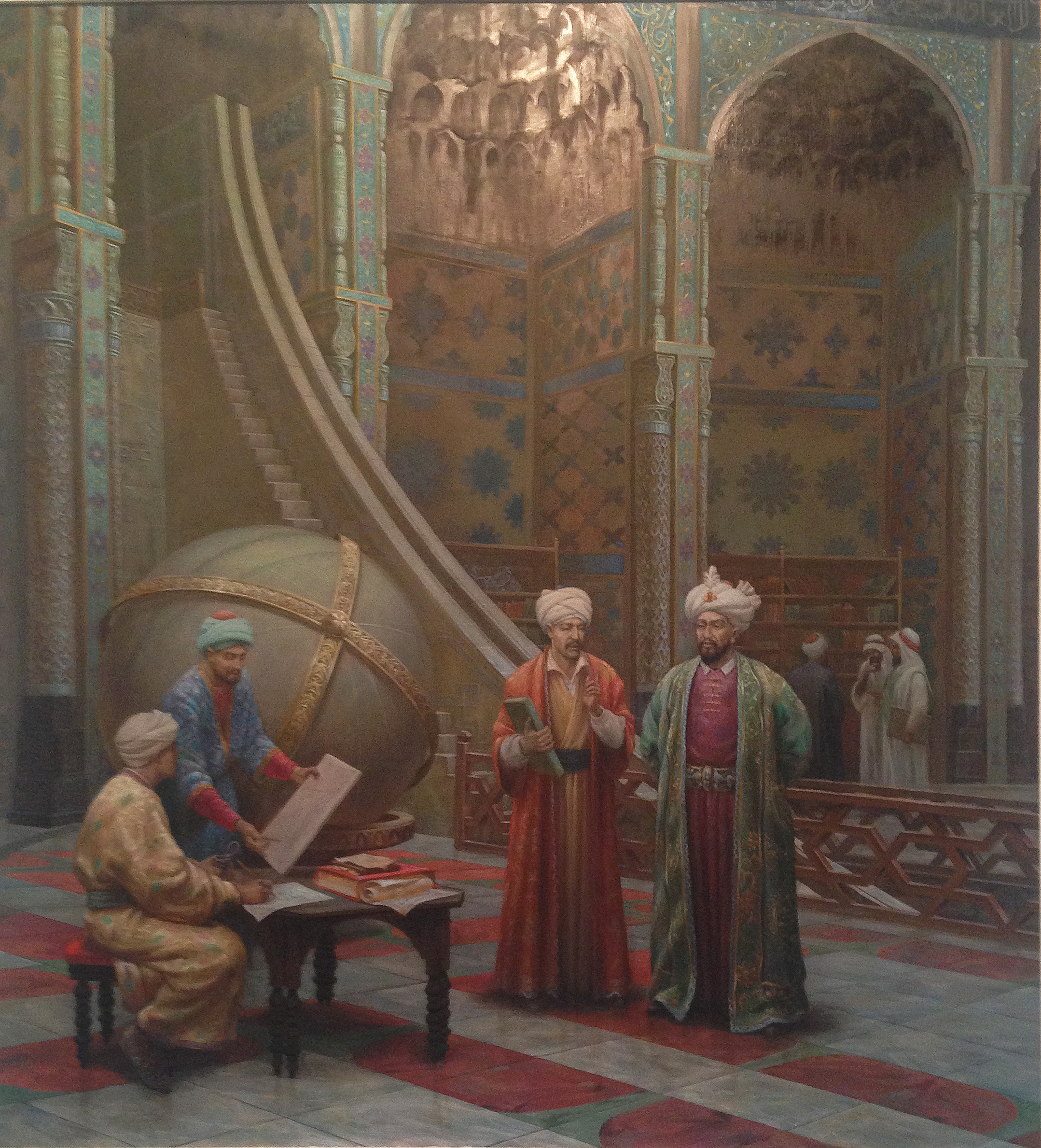The Timurid Renaissance
When Timur the Great passed away in early 1405, a succession dispute quickly arose among potential claimants. Timur had kept control over his empire by appointing family members as governors of various regions and cities. Now that he was gone, some of them favored splintering the empire so that they could now act with absolute authority in their domains and not have to worry about being accountable to a central government.
When the dust settled from the inevitable civil conflicts that followed, Timur’s youngest son Shahrukh Mirza managed to claim his father’s mantle and become the new ruler of the Gurkani Empire. However, while Timur tended to model himself after Genghis Khan and other famous steppe conquerors, Shahrukh skewed toward a different archetypal ruler. Rather than style himself an “Emir” as Timur had done, Shahrukh instead adopted the titles of “Sultan” and “Padishah.” These were titles which were associated much more closely with sedentary rulers as opposed to nomadic conquerors.

Even for an empire, the Gurkani state which Shahrukh administered was remarkably multi-cultural. While the elite spoke the Turkic language Chagatay, among those they ruled there were significant populations of Arabic speakers along with many regional dialects and customs. Of course, one of the larger cultural and linguistic groups was the Persians.
The aesthetic tendencies of Persian culture in the middle ages was widely admired, mimicked, and adopted by many of neighboring groups. The aristocratic Turko-Mongols who governed the empire often communicated primarily in Persian and adopted many aspects of Persian culture like fashion, visual arts, and poetry. The Gurkani Empire’s governance over such a wide-spread territory with so many different groups led to a remarkable exchange of culture and higher learning which is referred to as “The Timurid Renaissance.”
Political support for the Gurkani ruling class generally came from a few key areas — their promotion of Islam, their adoption of popular regional customs, and their support for leading-edge scholarship and patronage of the arts. Universities were improved or built from scratch, education was made available to a greater swath of the public, and the various construction projects were beautifully decorated with geometric patterns and aesthetically pleasing exteriors.


As a result of their liberal funding of arts and education, many impressive advances were made in fields like mathematics and astronomy. One particularly notable Gurkani ruler, Ulugh Beg, built several observatories and universities which worked on proving the earth’s rotation and identifying many comets and previously unknown heavenly bodies.

Long after the Gurkani Empire was gone, their artistic tastes and bookish tendencies would continue to influence the three main Islamic Empires that outlived them – the Ottoman, Safavid, and Mughal Empires. But that’s for another series.
In the next post, I’ll take a closer look at what led to the eventual dissolution of the Gurkani Empire and how its legacy lives on in Central Asia today.
Looking for a fun read that includes actual historical figures from the Timurid Empire? You've come to the right place! My latest novel, Califia's Crusade, is available for pre-order on Amazon, Barnes & Noble, Kobo, Apple Books, Bookshop.org and many other popular platforms!

